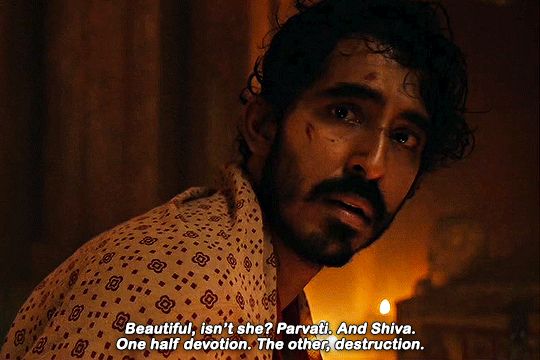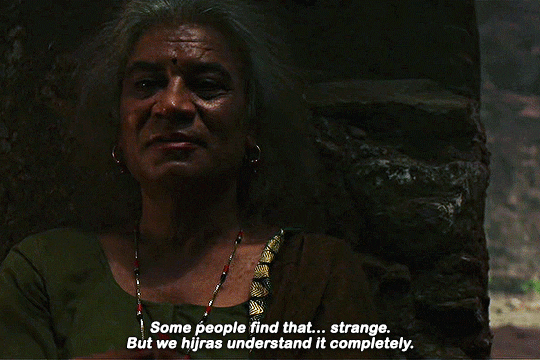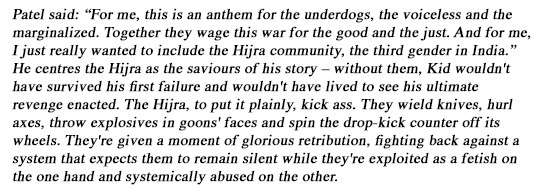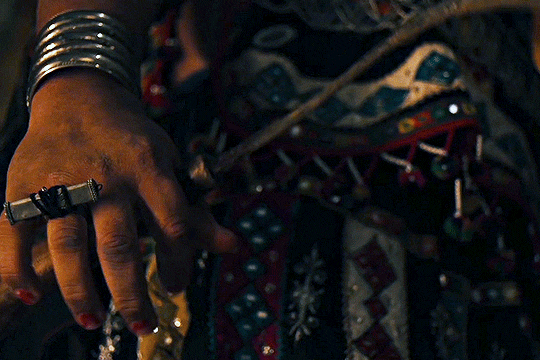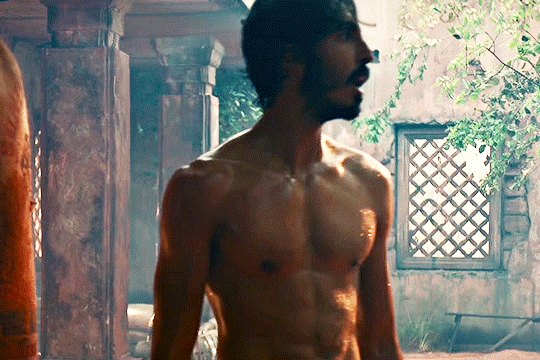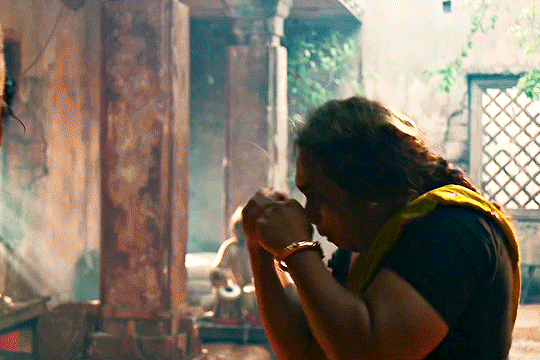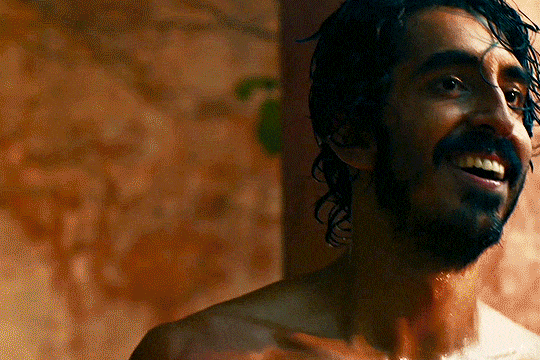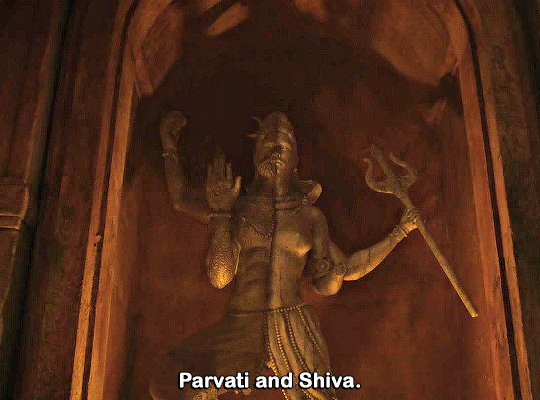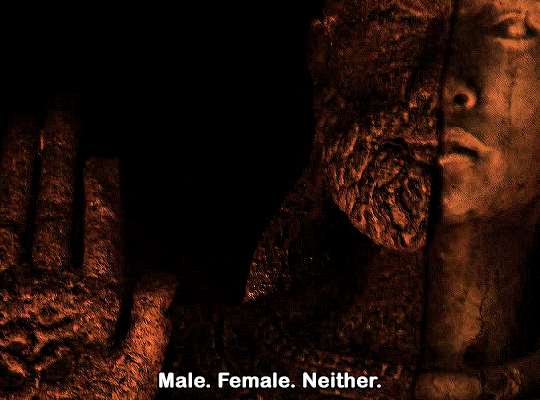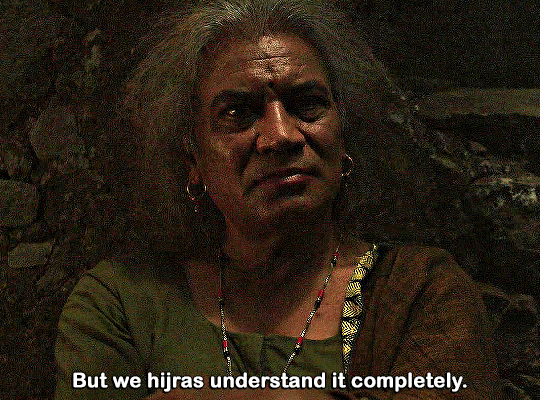Text
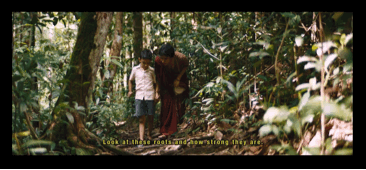





His (Divine) Mother.
Monkey Man, dir. Dev Patel (2024)
#monkey man#adithi kalkunte#Kid and his mother#these scenes undid me#dev patel#jordan peele#vipin sharma#Aathi Parashakthi#Mahadevi
12 notes
·
View notes
Text
The Muse







Sydney is back on set wearing the scarf from when it all began. The name of it is the Musa Bandana, after the Musa plant which produces bananas and plantains. Much like the very first meal she ever made which had plantains. Musa is also a word for muse.


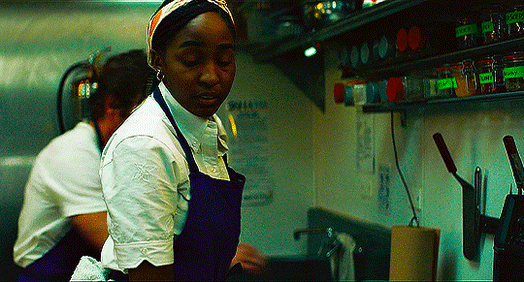

Carmy wanted to create a *thoughtful* chaos menu with her.


Sydney was looking for inspiration in NOMA. Carmy wanted to look for inspiration in the food tour.


Carmy inspired Sydney's dish.

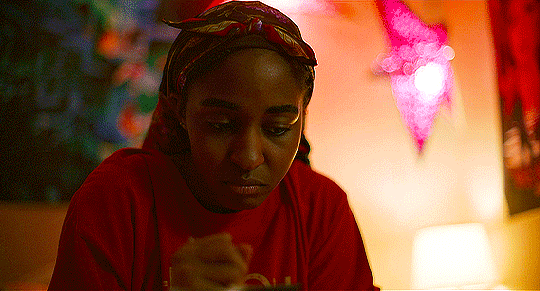


Sydney inspired Carmy's drawings.
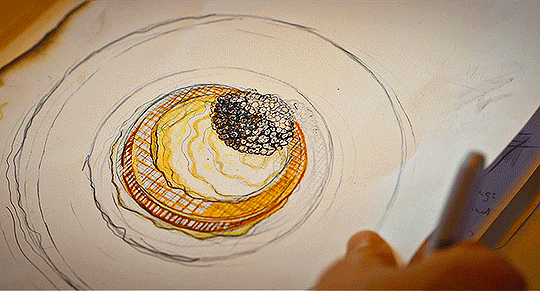

She is his muse and he is hers.



And I can't wait to see what else they're going to inspire out of each other next season.
#BRB sobbing 😭 this level of detail is why I love this show so much#meaning on meaning also always keeping things culturally grounded#thank you op for drawing these threads out
230 notes
·
View notes
Text
Violence and Love in Monkey Man

Dev Patel's Monkey Man has played at my mind for two weeks now. This is for reasons that I'm able to articulate and for many that I probably have not yet been able to find the words for. This post is, in part, my attempt at sorting through some of my thoughts. My tumblr is all spoilers all the time. If you don’t want that, then please don’t read on.
Violence
Like most places in the world, systemic violence is a scourge in India. Monkey Man does not shy away from this reality and depicts Hindu nationalist state violence and violence against women and gendered minorities in the country to chilling effect.
We come to see this in the brutal rape and murder of Kid's activist mother at the hands of the police, while she tries to shield her child and her land from police and state terror. We see it in the treatment of (largely femme-presenting) sex workers in the two brothels featured in the film, including one frequented by the police and political elite. We see it in the violence and ostracisation meted out against the hijra, or third gender community by individual actors and the state more broadly. We see it in the state-orchestrated razing of an entire community after the land on which it sits is declared a "holy site". We see it in the movement of people from the regions to the city after their land has been stolen and the grinding poverty they face as a result.

Unlike so many action films, none of the violence in Monkey Man occurs in a vacuum. Even Kid's original means of making money in an underground fighting ring is done against the backdrop of his forced displacement from regional India to the city - a migration pathway that many in the country have been forced to take and which is a direct result of land theft and resource extraction in the regions by local and multinational corporations as well as federal and state governments.
The truth is that so much in relation to state and societal control is enacted in painful and violent ways on the bodies of the marginalised and oppressed. And I often think about how the horror and action genres are some of the best suited to speak about systemic injustice because of their capacity to make that violence uncompromisingly visible (one recent example is Mike Flanagan’s Midnight Mass which depicted the bloody fallout of the Christian missionary/colonial project in vivid crimson, splashed all over a non-descript maritime town in present-day America). The violence in Monkey Man is no different.
While Kid's realisation of the interconnectedness and heavy hand of the state not just in the violence experienced by his mother, but also by the hijra, and by sex workers like Sita comes later in the movie, we as the audience are given this insight earlier. Recall Kid pointing out to Sita that her tattoo is of a koel, not a sparrow as originally misidentified by the Australian client sexually assaulting her minutes earlier in the film.
Kid goes on to say that he grew up in the forest and woke up to koels singing everyday. Its the longest conversation that the two have but in those brief words, we understand that Sita too has likely been displaced to the city from the regions, probably under very similar circumstances to Kid. The way this displacement maps itself onto her body is distinctive to how it does so for Kid, with gender playing a large role in this.

Other factors like caste, class and religion also impact on how the characters in this film experience or perpetrate violence. I would write more on these intersections but then this post is going to get more unwieldy than it already is.
I will say though, that in India, where fascist Hindu nationalism is being used by government to harm minority communities, steal land and secure populist votes, Patel makes a distinction between revelatory and weaponised faith. Kid is raised in peace by his mother with the former, but as an adult he lives in a world where the latter has taken hold and is being used by those in power to shore up more of that power for themselves.
For me - as the descendant of parents, grandparents and great grandparents who lived through anti-Tamil pogroms led by Sinhalese chauvinists weaponising Buddhism as part of their fascism in Sri Lanka, who like the rest of us, is living in an election year for Hindu nationalist Prime Minister Narendra Modi in India, and who is also frustratingly, helplessly bearing witness as the state of Israel and it’s allies conflate Zionism with Judaism in defence of the genocide being waged against Palestinians - watching this action film make the distinction between revelatory and weaponised faith was profound.
Love
Patel makes it a point in this film to show how Kid's most nourishing relationships, the ones that sustain him - indeed the ones that literally save his life - are those that he has with women and with people who don’t conform to the gender binary. In doing this, we see what Kid is fighting tooth (quite literally) and nail for throughout the film. We see what is at stake - what we stand to lose - if perpetrators get to rule without accountability.
Its also no mistake that these relationships are all tied visually to the natural world in the film: Kid's mother's deep ties to the earth, rivers, trees and roots that she leads him through as a child. Alpha and the hijra's sanctuary, the Ardhanareeshvara temple with its most sacred space being the roots of a holy tree. Sita and her koel tattoo: the memory of the forest carried on her skin while she traverses the brutal reality of the city. Patel is making a point here too. About nourishment of another kind, through our connection with the earth instead of extraction from it. The visuals in the film drive this point home, particularly when contrasted with the industrialisation and poverty of the city.
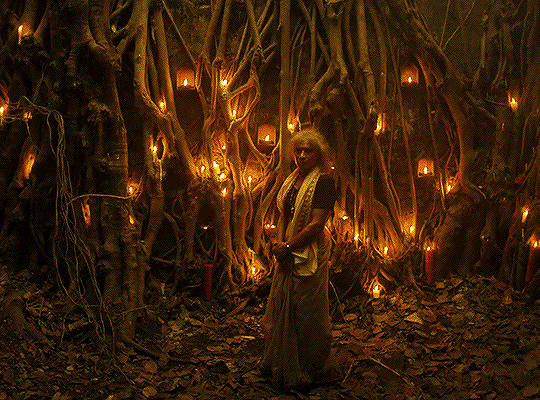
Two particular loving relationships that stood out for me were the love shared between Kid and the hijra community as well as between him and his mother.
Alpha, hijra Elder and the hijra community
Keeper of the Ardhanareeshvara Temple and hijra Elder, Alpha becomes a mother-figure to Kid after he is rescued with near-fatal injuries. It is Alpha who keeps watch over him as he recovers, helps Kid to confront the totality of his past memories which his trauma has kept fragmented, and who ultimately leads a veritable hijra army to join forces with him to assassinate some fascists.
Alpha's gentleness with Kid was so moving to see, in particular during the conversation they have about his attempt as a child to save his mother from the fire set by her rapist and murderer. That exchange moved me to tears.
Kid: I failed her.
Alpha: No. You tried to save her. You see scars. I see the courage of a child fighting to save his mother.

The wider hijra community at the temple also take Kid in and care for him during his recovery. Truly, the scenes at the temple were some of my favourite in Monkey Man. Outside of his memories of his mother, they are the only scenes where we see love, peace and joy on the faces of any of the characters in this film.

Also witness this moment of delight below as the hijra at the temple appreciate a fine ass man channelling his righteous anger and fucking up a punching bag full of rice. I note that the music during this training montage is simply stunning. Ustad Zakir Hussain's rapid fire tablas punctuated by each of Patel's landed punches and kicks and then followed by Jed Kurzel's achingly soaring instrumentals (listen to "The Kid" from the movie's score) were just *chef’s kiss*.

Another favourite moment for me was when Kid decides to go back to the underground fight ring one last time and not throw his matches (as he had been doing prior). He bets on himself and when he inevitably wins his fights, he takes the money and gives it to the hijra, ensuring that they can continue to live at the temple without fear of being evicted. We love to see a man who literally pays his rent.
Neela, his mother
Kid’s first teacher and the center of his life as a child. In almost every memory we are shown of her, Kid remembers his mother walking through a forest, sharing her ecological and religious knowledge with him and in doing so, positioning him within the wider world.

GIF by dailyflicks
We watch as he takes this understanding with him forward through the remainder of the film. His conversation as an adult with Alphonso as they drive through the city in the latter's tuk tuk is emblematic of this. "They don't even see us", Kid says of the elite who frequent the club where he has just gained employment, "they're all up there living and we are stuck in this."
His mother showed him what it was to live: to be still and in concert with the world and the Divine around you, to be loved fiercely, and to thrive as a result. This is in stark contrast to what Kid has had to learn to do in the city: to survive, to merely exist. He is never depicted resting or at home as an adult. He's always working, hustling and planning for the next thing, his next step. When he loses his village, his land and his mother as a child, Kid also inevitably loses his sense of home. It’s no coincidence that the tracks “Home” and “Mother” on the movie’s score sound almost identical.
Later at the end of the film, we see Kid close his eyes, having done what he set out to do. The last thing he sees is his mother, smiling at him in the forest. Her face is the face of God he gazes at before he succumbs to his injuries. This devotion to his mother is not just that of a child to a parent. Its also deeply tied to his Hindu faith which calls on its followers to honour the Divine Mother, the supreme feminine energy, Aathi Parashakthi, in all her manifestations including in those who mother us.
The movie ends with Kid’s deep, revelatory faith - instilled in him by his mother - and with the death of the man who weaponised that faith for power and wealth. It left all of us in the cinema seated in stunned silence even as the credits began to roll.

To describe Monkey Man as simply a revenge film does it an absolute disservice. This is not revenge. It is defence borne out of deep love for community and righteous opposition to injustice. Seeing hijra warriors dressed as Kali, the goddess of destruction, dealing death blows against fascists while spinning in the most beautiful lenghas was exhilarating (I literally screamed “YESSSSSSS!” at the screen when they arrived). Seeing Sita take out pimp and sex trafficker Queenie got me cackling and yelling “whoooop!”. Seeing Kid, a masculine character act to defend women and people outside of the gender binary, from further systemic harm without any ulterior motive was absolutely unreal to witness on the big screen. Seeing a person of faith act in deep connection to that faith without judgment against anyone but those who perpetrate harm made me feel hopeful in a way that took me by surprise. Kid acted out of love and respect. I would argue that Sita, the hijra and Kid all acted out of recognition of a shared humanity.
And at a time when folks from marginalised communities are being subjected to horrendous violence worldwide, both interpersonal and systemic, watching the oppressed take their perpetrators out…and I mean out (see: a rapist and murderer getting bludgeoned to death with a glittery high heel and a fascist, self-proclaimed “holy man” being stabbed in his third eye by the blade he hid in his own “sacred” pathankal/paduka), well, it was cathartic to see.
Am I saying violence is the answer to systemic violence? I think the answer to that question is context-specific. Non-violent resistance has a place, but it’s by necessity a performance and requires an audience. What do you do when no one’s watching? What do you do when the people who are watching are doing nothing to stop your suffering? What then? These questions are what many liberals refuse to grapple with because the answers are too uncomfortable for their polite sensibilities. But if you keep your foot on someone's neck long enough, you should expect them to fight back, by any means necessary. In Monkey Man, we have an action film where we get to witness that resistance in all its visceral glory.
#monkey man#dev patel#jordan peele#vipin sharma#adithi kalkunte#sobhita dhulipala#reva marchellin#dayangku zyana#this post is so fucking long but this movie has been sitting on my heart and my chest for days
99 notes
·
View notes
Text
Loved this scene so much…the call and response between Kid’s punches and Ustad Zakir Hussain on tablas, the hooting and hollering from the Hijra crew when Kid took off his shirt and his bashful smile when he catches sight of them, and most of all the encouragement on Hijra Elder Alpha’s face when they move up to get a closer look at Kid on the way to his purpose.


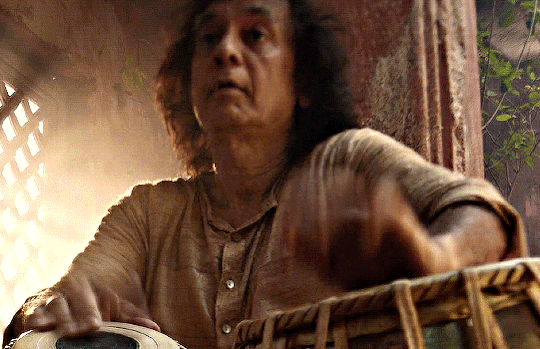

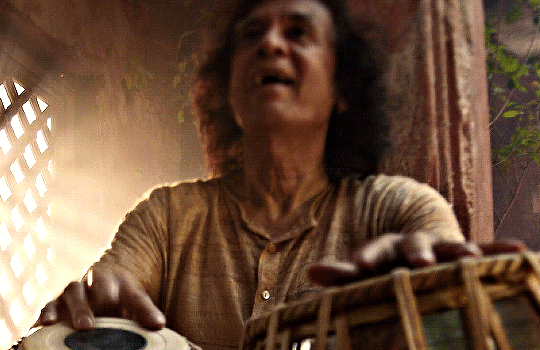


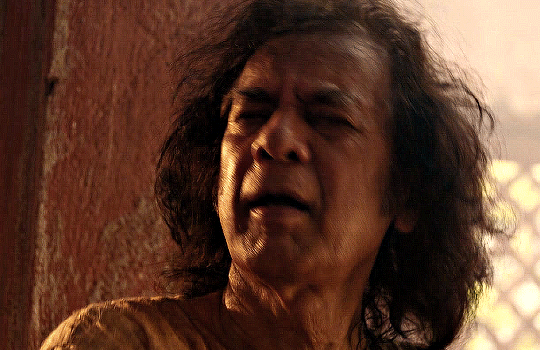



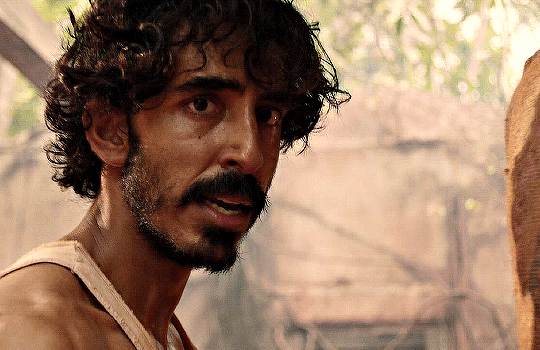
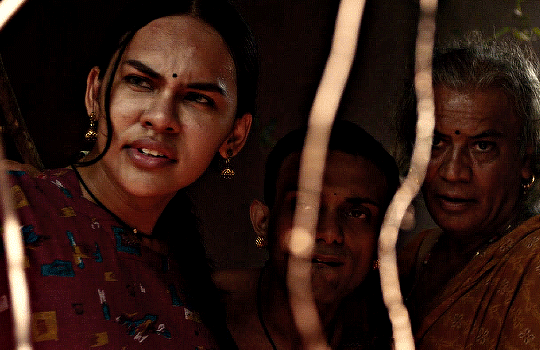


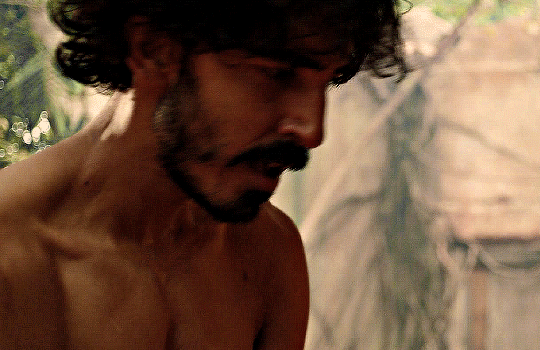
MONKEY MAN
2024, dir. Dev Patel
634 notes
·
View notes
Text
Plants actually move around a lot in 24 hours, they just do it very slowly | source
6K notes
·
View notes
Text




Kiddo designed this jumper and I crocheted it for him.
2 notes
·
View notes
Text

“Blue Footed Booby” tee hee hee!
MothyAndTheSquid.com
336 notes
·
View notes
Text
❤️❤️❤️
another thing about Monkey Man. it goes hard against Hindu nationalism, at least from what I understand, which is mostly in its parallels and coordination with Zionism. which is great bc ethnonationalism is fascist bullshit that deserves to be kicked in the face. the kicking in the face is prodigious, but this movie doesn't stop there, and for that it's so precious to me.
Monkey Man says Hindu nationalism is fascist bullshit at the exact same time as it shows Hinduism as a source of joy and strength and comfort for several characters including the lead. it doesn't in any way imply that fascists using Hinduism for fascism inherently taints Hinduism. these ways of relating to divinity and these cultural stories and these family traditions are beautiful and messy and challenging and worth wrestling with and worth claiming and reclaiming and sharing with the next generation. Kid ends the movie with the prayer his mother taught him on his lips.
what a thing to see right before Passover as some of my people are carrying out a genocidal war and claiming it's in our people's name.
145 notes
·
View notes
Text
📢📢📢
People get so hateful over Syd and Carmy and it's because they don't want to see a Black woman being loved or desired romantically even if it's fictional. I read this whole thing about a woman emailing a Black romance author and saying something to the effect of "Wow, you fall in love just like we do!" Huh? She kind of outed herself, I guess she picked up the book because she thought it would be jungle fever porn or whatever the fuck—This type of voyeurism is VERY common, I could write essays. Also, the hate towards the Romeo and Juliet casting.
I learned that when people look at Black women and girls, they see sexual objects and it's a direct byproduct of the sex trafficking that occurred during slavery. I don't like phrasing this as "hypersexualization," because i think it's on a different level. There's this wild mythology that Black people's bodies, especially females, are only valuable for labor and sex and anything outside of that is unacceptable and wrong.
Even if Syd and Carmy do get together, people will just hurl stereotypes of her fucking her boss to get ahead or being a gold digger when the first season and second season showed that she is Carmy's peer.
Women can't see themselves in Sydney because she's a dark skinned Black girl. Even a Even though Sydney is kind, smart, drop dead gorgeous, hardworking and talented, people don't think of Black women having those qualities. They project fake and conniving, ugly, dumb, lazy and grifting on Black women.
They direct their hate at the ship because they don't think Carmy is capable of being attracted to Sydney or falling in love with her because Sydney is a not a one dimensional Black woman and Carmy is a white man. Black women being loved by white men is not just condemned in fictional spaces, but in real life, even in 2024.
You could be someone's match in every way like Sydney and Carmy, but if you're a Black woman, you're hated, ostracized and people try to break you up just because your partner's skin color is different and especially because you're not a walking stereotype, reinforcing their racial superiority.
They hate being reminded that you're human and that people can see the human in you.
186 notes
·
View notes
Text
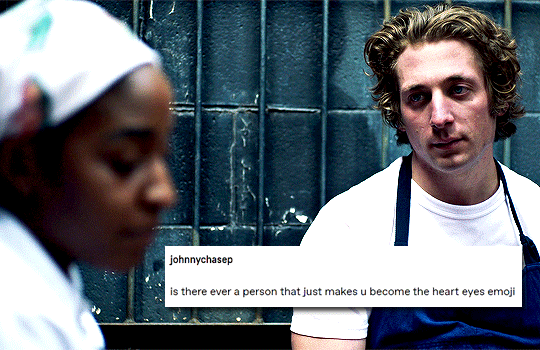
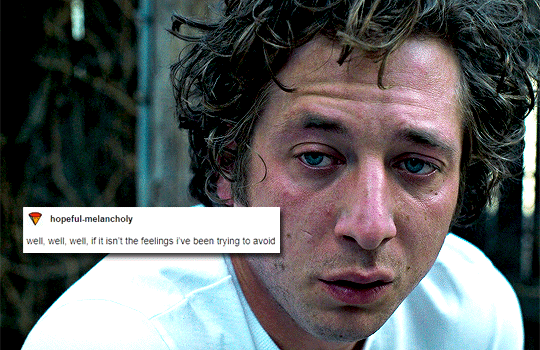
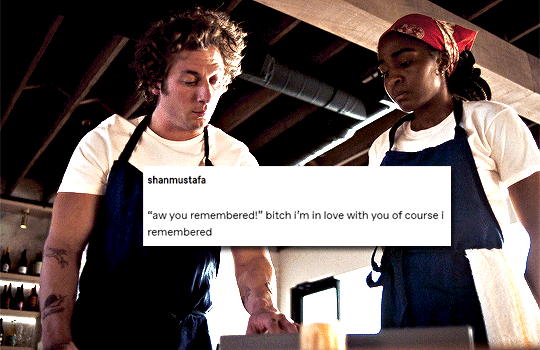
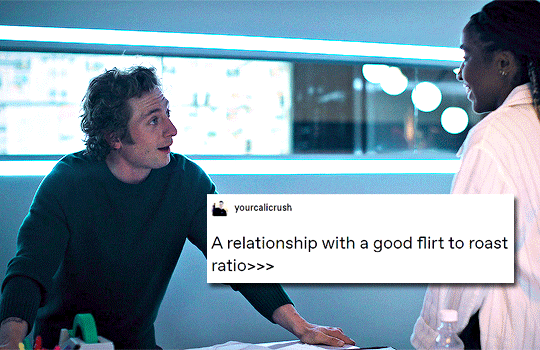



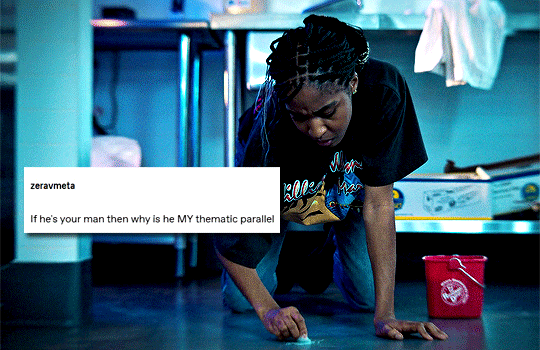

sydcarmy + tumblr text posts
5K notes
·
View notes
Text
Each mend like a little treasure


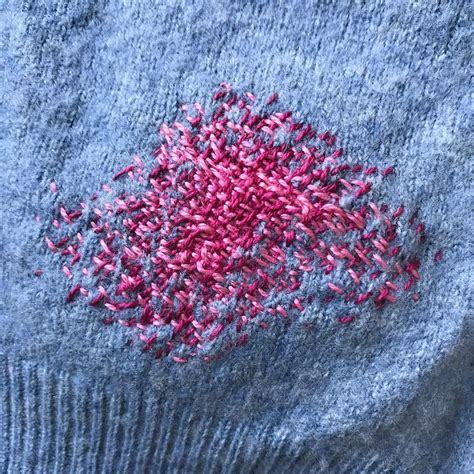
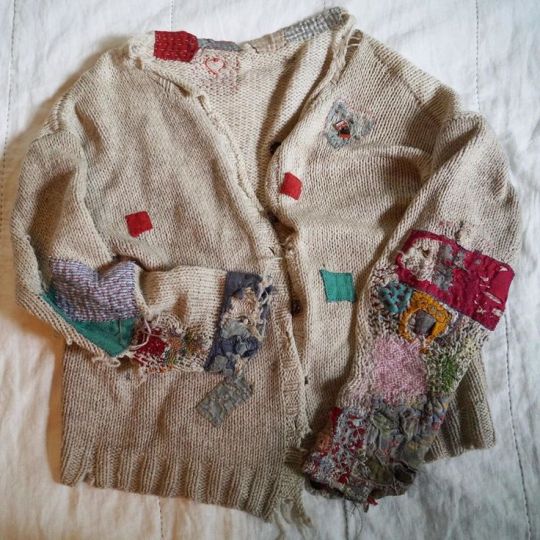

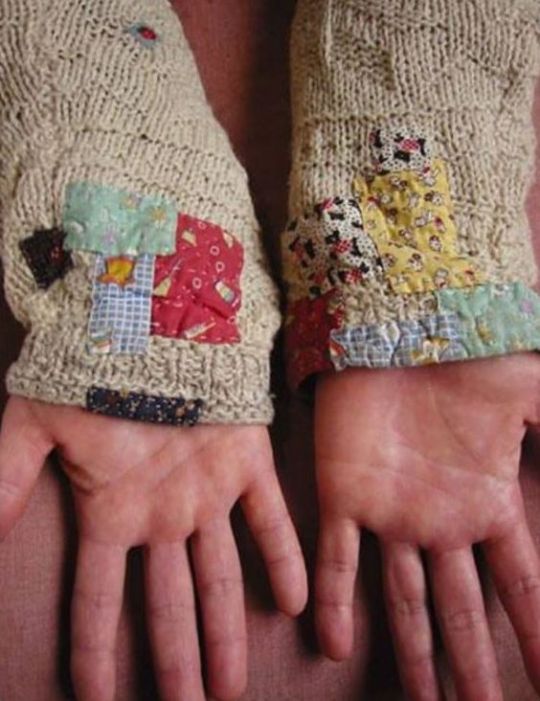
109 notes
·
View notes
Text
On “Empire Now” by Hozier. This song hits different having read this analysis. ❤️
no because i don’t think you’re hearing him. sun coming up on a dream come around, one hundred years from the empire now. a century since the civil war and the anglo-irish treaty. a century since the partition. the martyrs of our revolution, their spinnin' caused the earth to shake. the signatories of the proclamation (+ the rebels at large), and how the public revolted at their executions and internment. how support starting pouring in from overseas to fuel the coming resistances. the problem brought its own solution, they power now the world we've made. the partition leading to the troubles, and the horror of the rest of the world when the events of bloody sunday were televised. the decision to drop murder charges on one of the last soldiers involved being overturned in 2022, when hozier probably would’ve begun writing empire now. nicra. the anglo-irish agreement in ‘85. the good friday agreement. how incredibly far the free state has come, largely on the backs of the revolutionaries and visionaries who gave their whole lives and deaths for this to happen one hundred years ago, and all who came before them. the future’s so bright, it’s burning.
550 notes
·
View notes
Text
Cannot recommend seeing Monkey Man enough. Such a genuine love letter to both Indian culture and minorities, while also being an action film that takes a hardline political stance - this movie COMMITS.
Violence is a choice in Monkey Man, against others and yourself, and Kid embodies that choice in every scene. It's heartbreaking, infuriating, raw...it's exactly what this kind of underdog story SHOULD feel like.
Also in Dev's own words:
"So I wanted to talk about issues like violence against women,” he adds, “and police brutality, the caste system, religion — and specifically, the kind of duality of religion that see not just in India but in so many places around the world right now. Religion at its best is actually a uniting and unifying force, you know. It should make people fight for each other, instead of against each other. But all of that stuff is connected, and so much of my rage over these divisions made it into this film. I had so much anger in me when we were writing this.”
Go watch it!
343 notes
·
View notes
Text







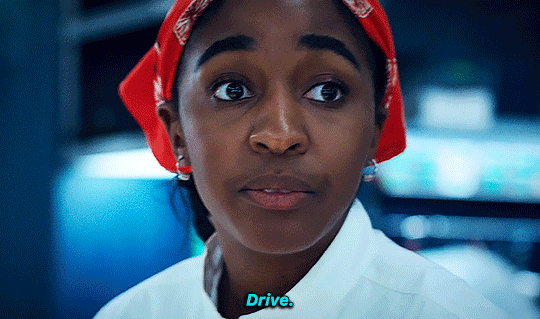

Your daughter is very important to us.
4K notes
·
View notes
Text
The Babri Masjid before Hindu nationalists tore it to the ground in 1992, igniting riots across India that killed thousands.

remember.
9 notes
·
View notes
